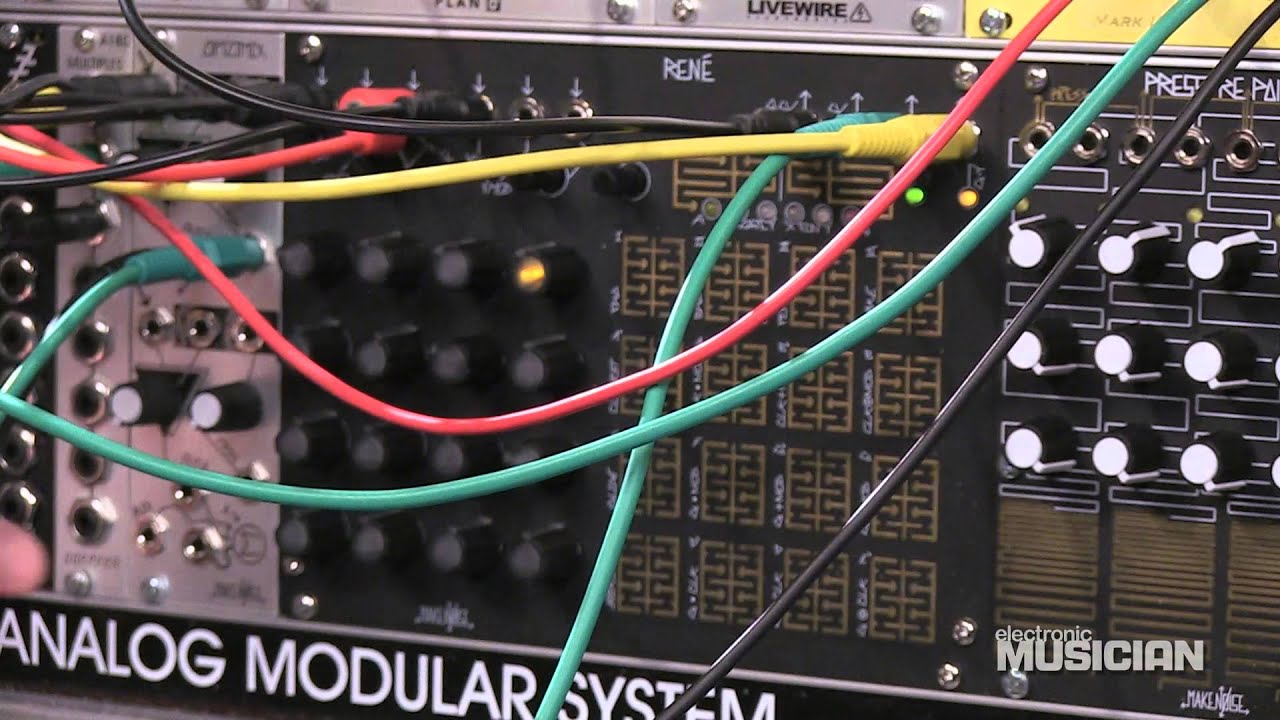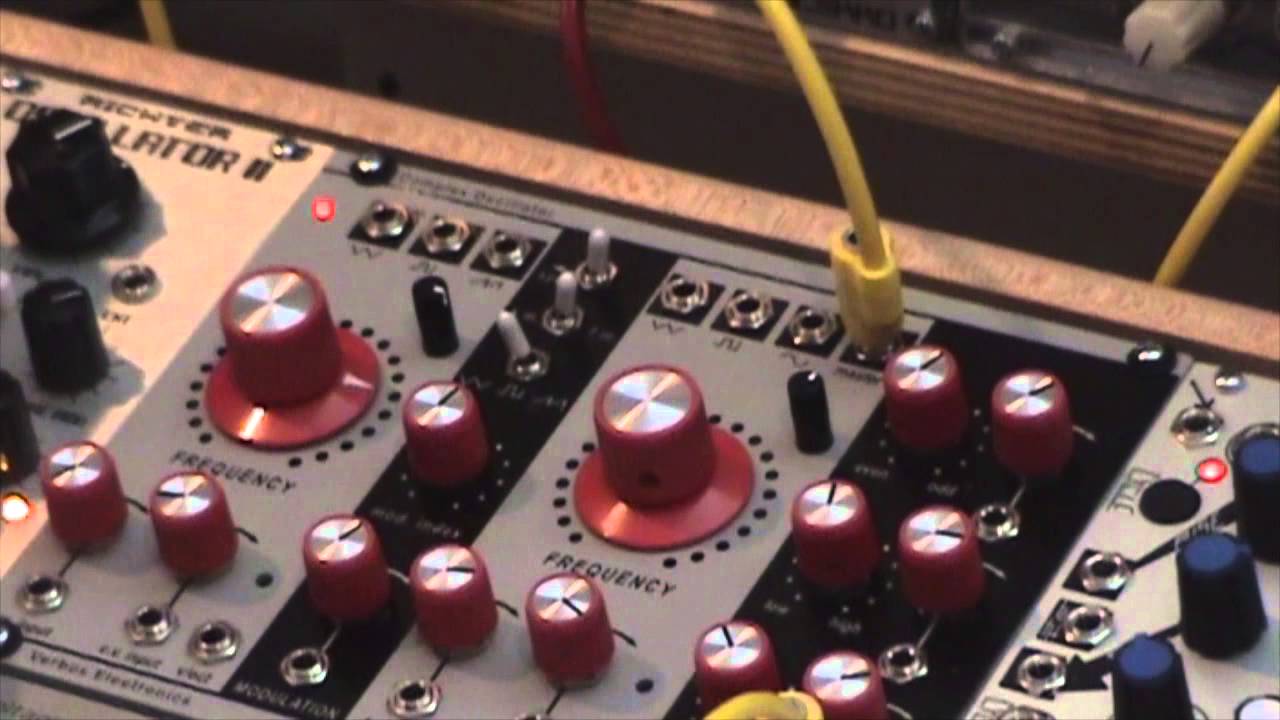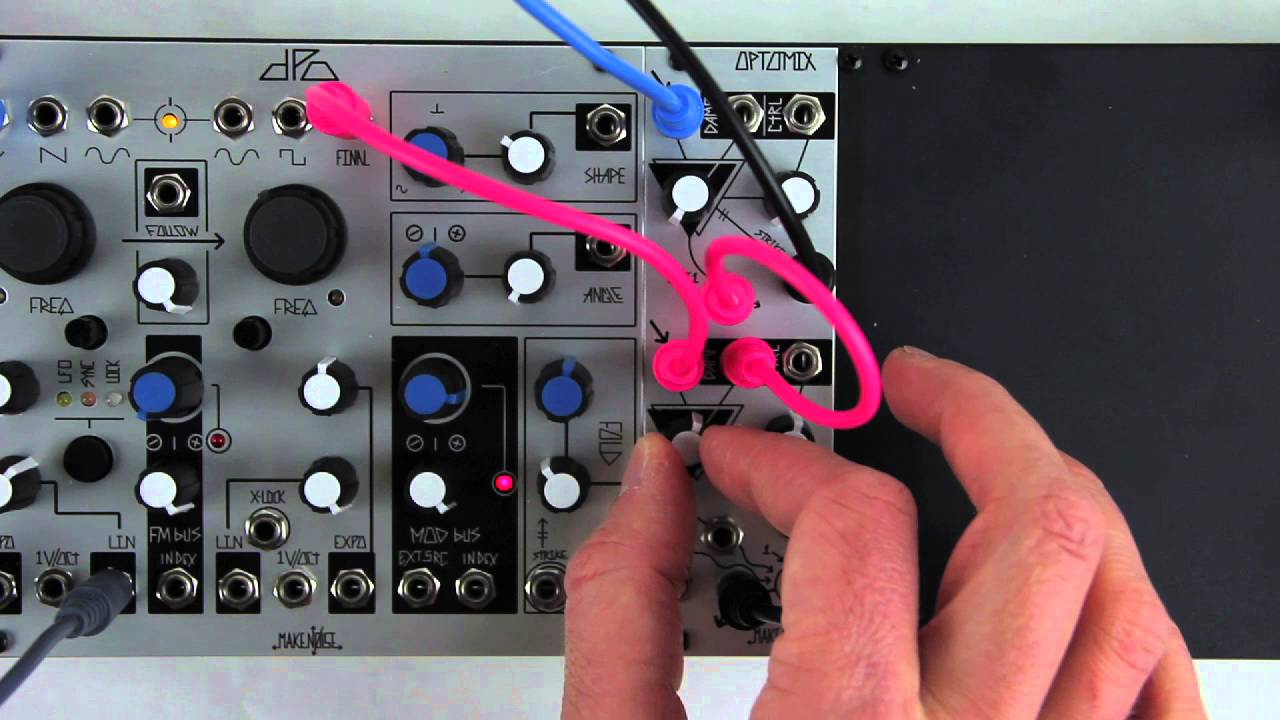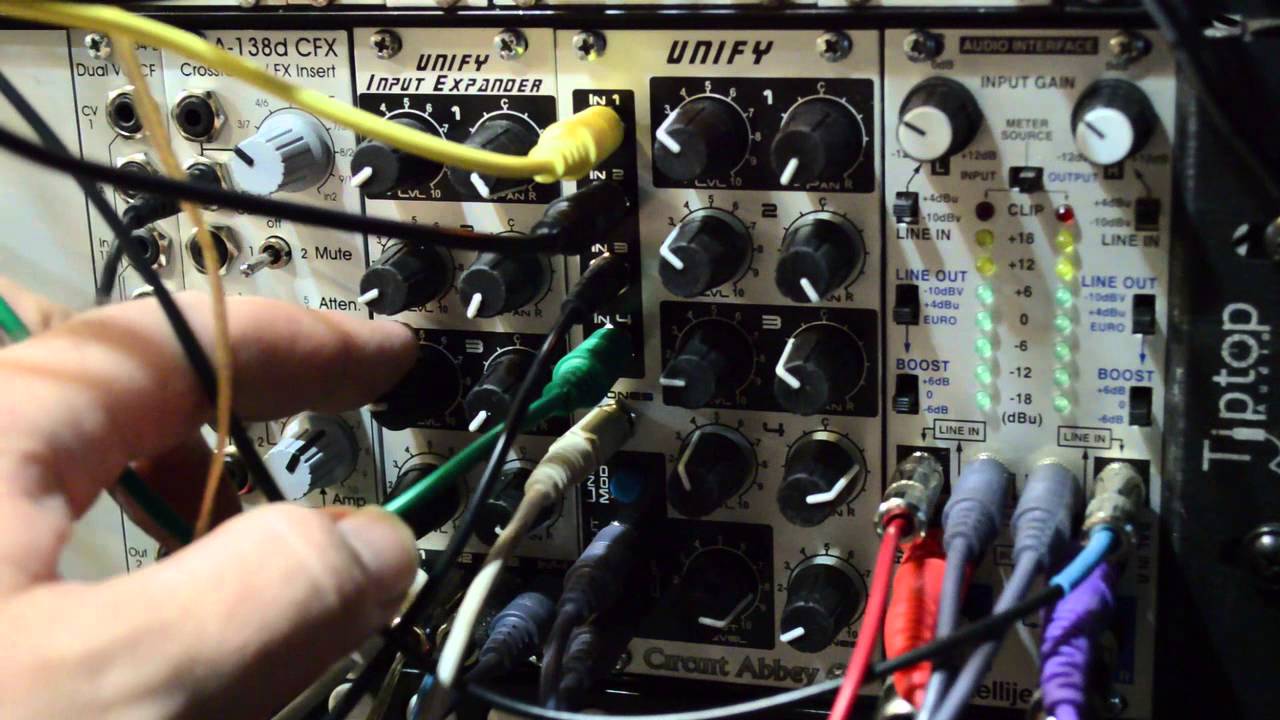
Lady Starlight’s Modular Synth Tips And Guide To Music Gear
My background is in punk, straightedge hardcore and west coast powerviolence. That’s where I came from as a DJ. I went to my first raves in the ‘90s—in 1994, actually—and I was in that scene for a good three years. It used to be freaks only, but then it became really cool for normal people. There were a lot of drugs involved as well, and at that time I had never even drank or anything. It got to a point where I was just like, “You know what, this isn’t really fun anymore,” and I went back to my rock roots. I ended up getting really into the mod scene and then into glam rock and metal. That was how Lady Gaga and I started working together—she asked me to DJ metal onstage between her pop songs. I eventually became interested in incorporating more ambient, soundscape-like electronic elements, and then started performing live between her sets instead of DJing. After a while of doing that, I understood that techno would make more sense from an experimental standpoint, because as long as there’s a kick drum, there’s almost nothing too musically weird you can do.
Surgeon is the reason why I got into modular synths. I remember the first time I saw him play live, I was like, “Wow. I need this. This is what techno is supposed to sound like.” The modular sound just tore through the arena, and it blew me away. He ended up giving me his old two-row case and a few modules, including the Make Noise René sequencer. When we play together, he uses his case and I use mine as well as a bunch of effects pedals and an Elektron Machinedrum that I use as a sampler. The great thing about performing live techno shows as a duo is that we really improvise and vibe off of one another. There’s no plan at all. I think the crowd gets a lot out of that, because we’re all working together to make something cool happen. Being with a second person also means that there’s a lack of nervousness, because if something goes wrong, there’s someone else there to help evolve the sound. I’m a little more careful when I do my solo live sets.
I started seriously playing with modular just last year, and I was really careful to follow advice. The key is not to buy a lot. It’s hard because you just want to dive in, but I was told to get very little and to master what I had. I was able to do that. The only oscillator that I’m using right now is the Complex Oscillator from Verbos Electronics. There’s so much sound creation that can happen with it, and I love the way that its controls function because they’re so straightforward. I actually think that its simplicity is what allows it to be so out-there with its sound. It also looks great. It’s sexy. It was the first oscillator that I purchased, and it was definitely the right decision.
I’m a really big fan of [the electronic music instrument manufacturer] MFB as well. I use their step sequencer, the SEQ-03. It has a bit of a learning curve because MFB’s have very few buttons, but they give you a lot of options, and you can program each sequence to have its own attack, release envelope or LFO. I’m also a huge Buchla fan, but at the moment, those—and Cwejman—are a bit out of my price range. Having either would be my dream.
And anyone who is just entering the world of Eurorack doesn’t need to get very much. The only modules that you really need are an oscillator, a filter, an envelope generator and a sequencer—if you’re making techno. I suggest the Make Noise Optomix because it has a built-in low-pass filter.
It’s also nice to have a mixer, like the Circuit Abbey Unify. It allows you to have four individual outputs, which can be really useful. Then get whatever you want! You’ll know when you need something new when you start wanting new sounds that your existing setup can’t make. It’s great to consult resources when you get to this point. I go to SchneidersLaden in Berlin all the time to try out modules, and they create such a non-intimidating environment. It’s important to have access to outlets with welcoming and non-judgmental vibes, especially for women who want to enter such a male-dominated realm. If you don’t have physical locations to go to, there are also a lot of answers online. Muff Wiggler has endless forums that provide thorough explanations of all aspects of synthesis.
So much hardware is limited by what the designer wants you to have access to. When you’re using modular synths, though, you can tweak the sounds and alter them in any way that you want. When you’re performing live, and especially when you’re improvising, you just have so much more freedom than you have with hardware. A lot of sets that people call “live” aren’t really live—and that’s by no means any kind of judgement. When you play live you’re risking more. You have to be in a mindset that you’re going to let whatever happens happen and not always be in control. I think the biggest problem that people approach modular with is that they have the idea that they want to control everything that’s going on. You can’t do that. Each patch sounds different as soon as you turn the system back on. The lack of control is also what makes it unique, though. Every time you perform with it, it’s different, whether you want it to be or not.
Playing with a modular setup is great the more you work at it, but it can be frustrating. Sometimes you just want to walk away and say, “You know what, I’m not doing this right now.” Don’t feel bad for struggling, though. It’s overwhelming. The truth is that the less you know about synthesis, the better. Instead of thinking about the “right way” to synthesize sound—which is how you tend to think when you use hardware—just experiment. That’s when the coolest stuff starts happening.
Published March 29, 2017.




